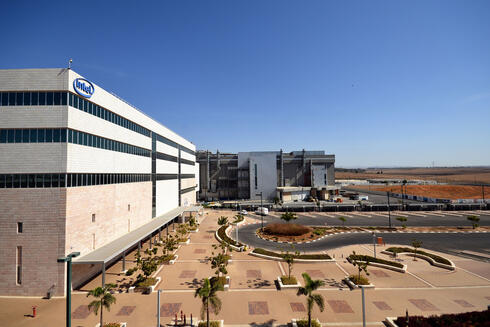"Intel plans to lay off employees at the site as well, primarily from middle management"
Intel’s Israeli fab in Kiryat Gat targeted in latest layoff round
The cost-cutting campaign expands beyond R&D as the plant loses long-standing protection.
Intel’s Israeli fab in Kiryat Gat targeted in latest layoff round
The cost-cutting campaign expands beyond R&D as the plant loses long-standing protection.
Intel Israel has experienced a series of shocks in recent years amid the company’s global crisis, including hundreds of layoffs and the closure of various operations. Until now, the Kiryat Gat plant had remained largely untouched. But Calcalist has learned that in the latest round of cuts, even this facility will no longer be immune. According to estimates, Intel plans to lay off employees at the site as well, primarily from middle management. The company declined to comment.
The significance of this move lies not only in another wave of layoffs but also in what it signals: a shift in management’s perception of its manufacturing facilities. No longer are they considered untouchable. New CEO Lip-Bu Tan, who took over earlier this year, has publicly emphasized the strategic importance of Intel’s manufacturing capabilities, as well as the company’s ambition to offer foundry services to other firms. But he’s also been clear about the need for innovation and restructuring.

Intel to cut jobs at Kiryat Gat fab, says it must “position our business for the future” | CTech
The cost-cutting campaign expands beyond R&D as the plant loses long-standing protection.
